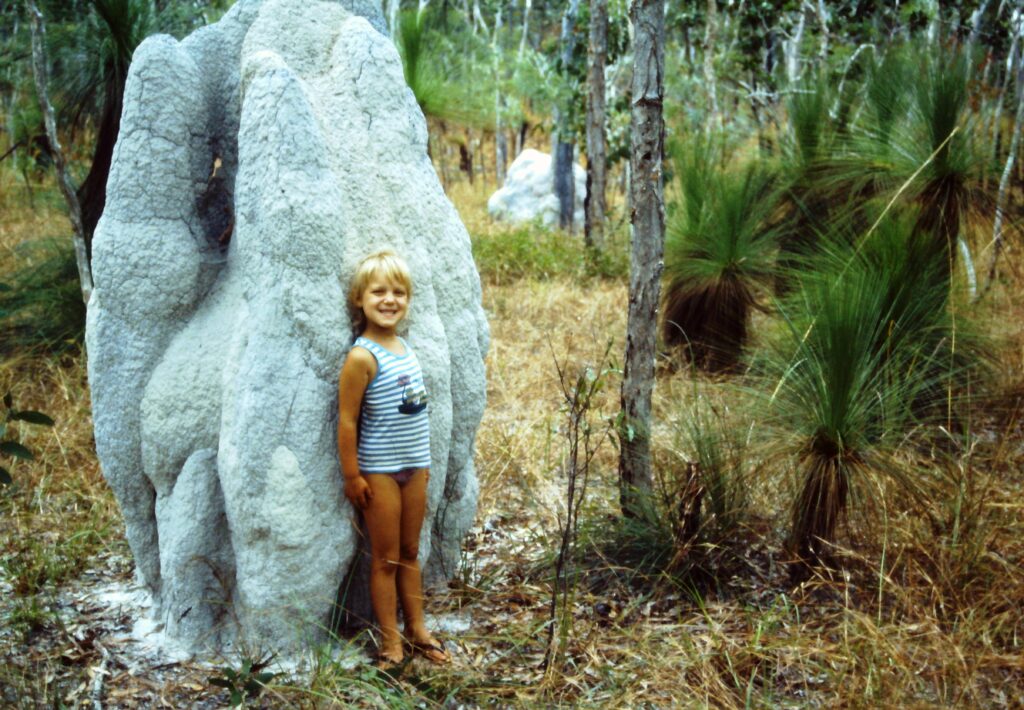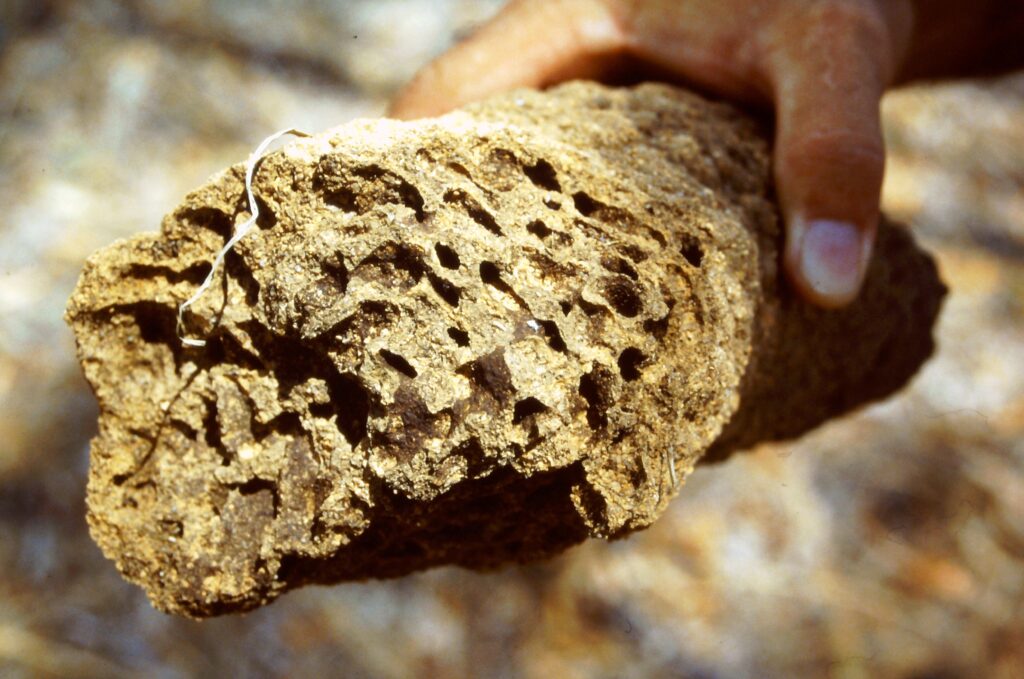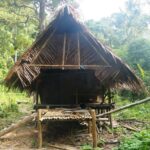Although they are commonly referred to as “Ant beds,” particularly in Australia, the structures are actually “Termite mound.” Despite their physical similarities to ants, termites are related to cockroaches rather than ants. However, like ants, they are small and numerous. One significant difference between the two is that termites are white. This makes them highly susceptible to damage from sunlight. To protect their food sources, such as wood, from the sun’s rays, termites construct a coating of clay and saliva, known as “sheeting,” over them.

Termites also use the same material as they use for sheeting to construct their mounds. The color of the mound can vary depending on the local coloration of the clay used. Even if the topsoil and surrounding biomass of ant hills are the same color in different locations, the color of a termite mound can still differ based on the types of clay available in and around the mound.
Termite mound structure

Termite mounds are complex structures that consist of both underground and above-ground components. These structures include ventilation shafts and passages, a royal chamber, incubation chambers, fungi gardens, and base chambers. The location of the royal chamber varies depending on the termite species. But most often, it is located at the same level as the surrounding soil. However, it can be located up to 1 meter above or below this level. Worker termites are responsible for maintaining a constant temperature of 32°C within the mound. They achieve this by frequently opening and closing the main ventilation shaft using clay material.
Termites and ants’ activities can be determined by observing their mounds. The outer layer of the mounds hardens under the sun. If the mound is active, changes in color indicate modifications to the ventilation shafts. If a mound is inactive, the outer layer will wear down after rainfall, making the chambers inside visible. It’s important to note that only material from inactive mounds should be used for construction purposes based on conservation reasons.
Use of termite mound material for domestic construction

If an inactive termite mound is found and local laws permit, pieces of the mound can be broken down and crushed into coarse grains. This clay and termite saliva mixture can create a durable floor in tropical climates when mixed with water. This practice was widespread in Northern Queensland in Australia. There, the material was used not only for flat floors but also for building 3D structures such as ring-shaped storage silos. Termite mound soil is also used in various African countries as a construction material, as described in this article on the website. In Southern African countries, termite mounds also indicate the direction North.
Termite mounds for pizza ovens, fireplaces, and ice chests.
Another less labor-intensive way to use termite mounds is to repurpose them as baking ovens, fireplaces, and even ice chests. This is due to their firmness and good insulating properties. In modern times, termite mounds have been used to build pizza ovens, as seen in a restaurant in Southern Africa. Additionally, there are ongoing tests in Ethiopia to replace refractory bricks and masses with termite clay in rural areas.
Lessons learned about termite mound material.
- The clay material from inactive termite mounds can be a durable alternative to concrete, and it is also breathable.
- Constructing baking ovens, fireplaces, or ice chests within inactive termite mounds is possible.
.




